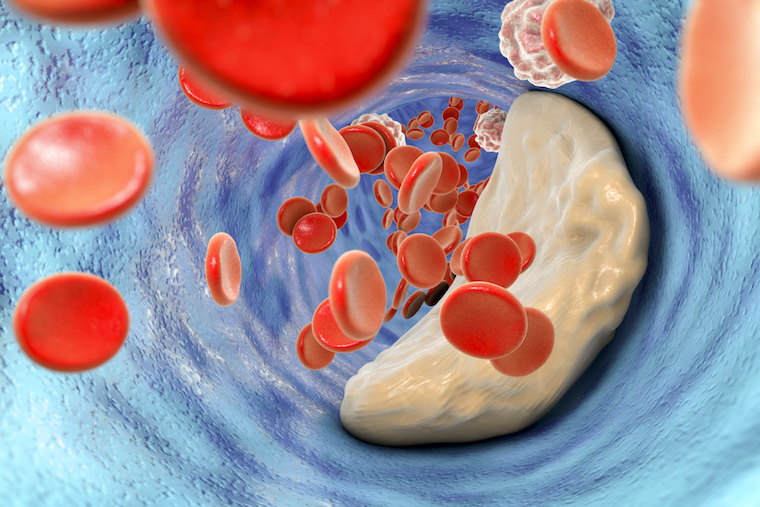We now have a much better understanding of the atherosclerotic plaques that cause heart attacks and strokes thanks to our Clint Miller, PhD, and his team.
The researchers have created what they are calling an "atlas of atherosclerosis" that maps out, at the level of individual cells, critical processes responsible for forming the harmful plaque buildup.
The atlas encompasses almost 120,000 cells from atherosclerotic coronary and carotid arteries. It let the researchers, led by graduate student Jose Verdezoto Mosquera, map out the different cell types that make up the plaques, including immune cells, smooth muscle cells and endothelial cells. It also let the team examine more rare cell types within the plaques at a very granular level.
The work also shed important light on the changes smooth muscle cells go through during the development of atherosclerosis. Some of these changes contribute to the “calcification,” or hardening, of the coronary arteries. This led to the finding that two genes, LTBP1 and CRTAC1, can serve as markers of disease progression.
“Beyond characterizing cell diversity, integrating this newly built atherosclerosis single-cell reference with large-scale human genetic data was critical to start identifying disease-causing cell types and subtypes,” Mosquera said. “For example, we identified the contribution of smooth muscle cell subtypes, such as fibroblast-like and lipid-rich smooth muscle cells, as well as the genes associated with these phenotypes.”
The atlas will facilitate the development of new ways to treat atherosclerosis and battle coronary artery disease, the leading cause of mortality in the United States.
"To begin to develop effective treatments targeting specific disease processes in the vessel wall, we need to characterize gene expression programs at single-cell resolution,” Professor Miller said. “By establishing this map, we can inform strategies to reprogram dysregulated cell states in order to prevent or reverse the disease or identify biomarkers to assess a patient’s risk of having clinical events.”
